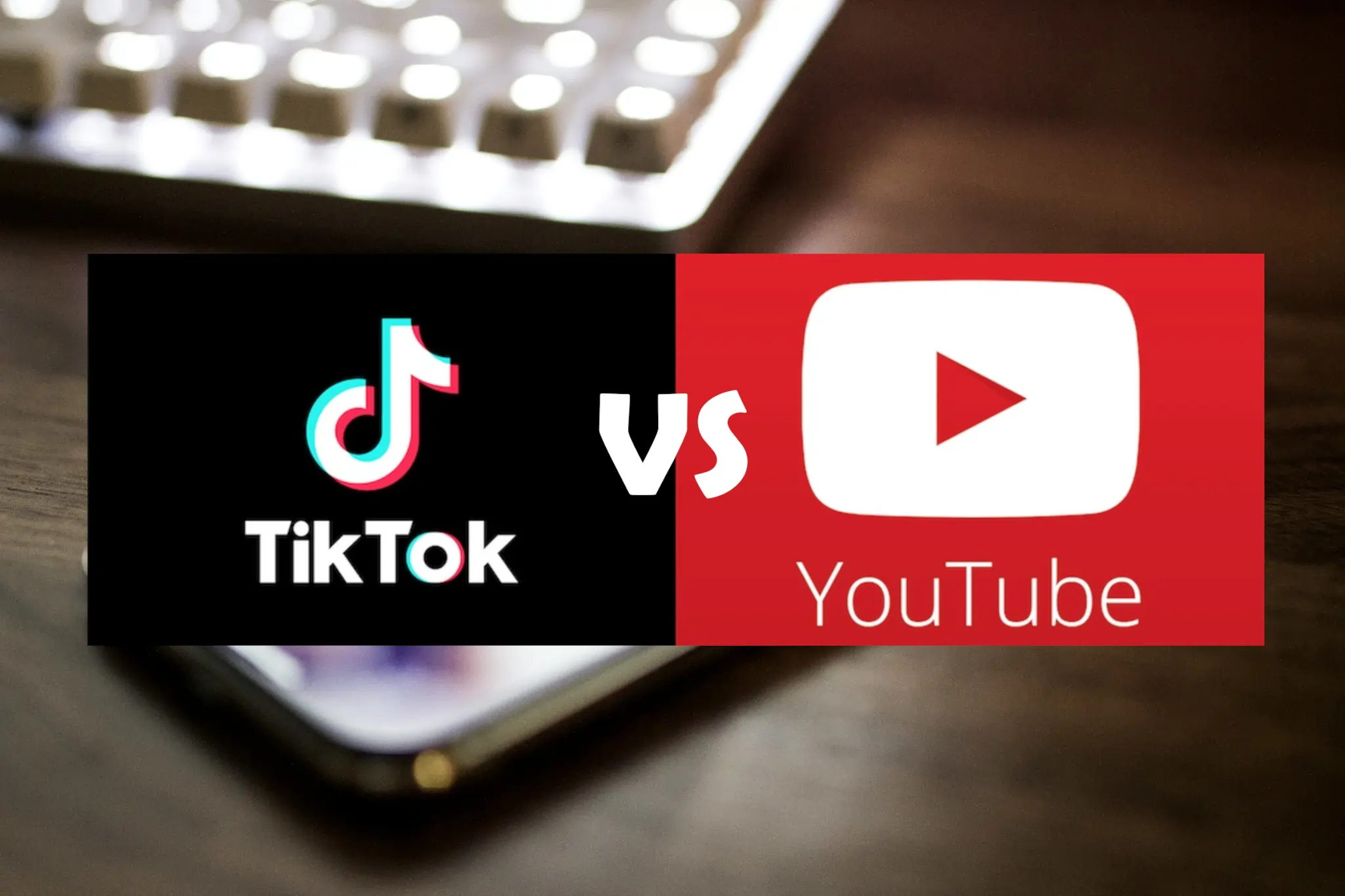Writers and filmmakers have often used conditions like depression, bipolar disorder, and schizophrenia not just to create drama, but to add depth to their characters. However, Dissociative Identity Disorder (DID), formerly known as Multiple Personality Disorder, stands out for its dramatic portrayal in popular media.
The portrayal of DID in books and films ranges from the 1957 classic “The Three Faces of Eve” to the more recent “Split” in 2016. These portrayals have led many to believe that DID is common or well-understood in psychiatric circles. Yet, the reality is different. DID remains controversial and enigmatic, with significant debate among psychiatrists about its existence.
Accounts of individuals exhibiting multiple personalities date back to ancient times, often attributed to spiritual or mystical causes. However, medical recognition of DID-like symptoms only emerged in the late 19th century. Louis Vivet, born in Paris in 1863, presents one of the first medically documented cases resembling DID. His life, marked by abuse and hardship, culminated in a dramatic personality change following a traumatic incident. This change baffled doctors and laid the groundwork for future studies.
The cases of Vivet and others likely influenced Robert Louis Stevenson’s “The Strange Case of Dr. Jekyll and Mr. Hyde.” Interestingly, the pronunciation of ‘Jekyll’ is often mistaken. Stevenson intended it to rhyme with ‘fecal,’ not ‘freckle.’
‘redoublement’ was initially used to describe cases like Vivet’s. Over time, this evolved into what we know as Multiple Personality Disorder (MPD). Prominent figures like Jean-Martin Charcot and Sigmund Freud contributed to its classification, linking it to dissociative disorders and childhood trauma.
The early 20th century saw a decline in the recognition of MPD, largely due to Eugen Bleuler’s introduction of ‘schizophrenia.’ This term, unfortunately, caused confusion between DID and schizophrenia, a misconception that persists.
In 1957, the publication of “The Three Faces of Eve,” a case study of Christine Sizemore by psychiatrists Corbett H. Thigpen and Hervey M. Cleckly, reignited interest in MPD. Sizemore’s case, characterized by her multiple personalities and their distinct traits, brought the condition back into public and medical discourse.
“Sybil,” published in 1973, detailed the even more complex case of Shirley Ardell Mason (Sybil Dorsett). Mason’s harrowing childhood and subsequent development of sixteen distinct personalities further popularized MPD. The book’s adaptation into a TV movie further cemented its impact.
The Surge in MPD/DID Diagnoses and Media Influence
Following “Sybil,” the number of MPD diagnoses skyrocketed. The condition, once rare, became a topic of public fascination. This period saw an influx of individuals diagnosed with the disorder, some displaying hundreds of distinct personalities, and even non-human alters.
The American Psychiatric Association, recognizing the need to update its classifications, included MPD as a distinct disorder in the DSM-III in 1980, later renaming it Dissociative Identity Disorder in the DSM-IV. This period also saw the formation of specialized societies and journals dedicated to the study of DID.
According to the American Psychiatric Association, DID is characterized by the presence of two or more distinct identities, each with its pattern of perceiving and interacting with the world. These identities may have different memories, behaviors, and attitudes. DID is part of a broader category of dissociative disorders, which include dissociative amnesia, dissociative fugue, depersonalization disorder, and DID-NOS. These disorders typically have a traumatic trigger and are often seen as a defense mechanism against overwhelming experiences.
Media in Shaping Public Perception of DID
The influence of media on public perception of Dissociative Identity Disorder (DID) is a crucial aspect of the debate. Movies and TV shows often sensationalize DID, presenting it as a disorder where distinct personalities have dramatic and visible switches. This portrayal raises questions about the impact of such dramatization on public understanding and the stigma associated with DID. While Hollywood narratives can bring attention to mental health issues, they also risk oversimplifying or misrepresenting complex conditions.
Ethical Implications of Portraying DID in Entertainment
Another debatable topic is the ethical consideration of using DID as a plot device in entertainment. Films and novels often use DID for dramatic effect or as a twist in the storyline, which might trivialize the real struggles of those living with the disorder. The ethical debate centers around the responsibility of creators to portray mental health issues respectfully and accurately. It questions the balance between creative freedom and the potential harm caused by inaccurate or sensational portrayals, especially in shaping societal attitudes towards mental health.
Impact of Fictional Portrayals on Clinical Diagnosis and Treatment
The influence of popular culture on clinical practice is a significant point of contention. There is an argument to be made that the dramatization of DID in media might lead to misdiagnosis or influence the way patients report their symptoms. This debate extends to how therapists and psychiatrists might be swayed by these portrayals, potentially impacting their approach to diagnosis and treatment. The discussion here delves into whether Hollywood depictions of DID have a tangible effect on clinical practices and patient experiences.
DID in Legal and Forensic Contexts
The portrayal of DID in legal and forensic contexts raises several debatable issues. In courtrooms, the defense often uses DID in insanity pleas or to explain criminal behavior. This use of DID in legal defenses sparks debate over the legitimacy of such claims and the potential for misuse in legal settings. The question arises whether media portrayals influence legal perspectives on DID and how this affects the justice system’s handling of cases involving mental health disorders.
Western media’s portrayal of DID might not align with the understanding of mental health in different cultural contexts. This discrepancy leads to a discussion on the universality of DID symptoms and diagnosis. The debate here explores whether DID is a universally recognized and understood disorder or if its diagnosis and symptoms are influenced by cultural and societal factors.
The intersection between Dissociative Identity Disorder as understood in psychiatric circles and its dramatized versions in cinema raises pivotal questions about the portrayal of mental health disorders in media. While films have the power to bring attention to these conditions, often they oversimplify complex realities for dramatic effect. This dramatization can lead to widespread misconceptions, potentially influencing both public perception and clinical practice. The key lies in discerning the line between artistic interpretation and factual representation. It’s crucial to recognize that the vivid, often sensationalized characters seen on screen are, more often than not, a far cry from the real experiences of individuals living with DID. As such, while Hollywood has played a role in highlighting mental health issues, it is imperative to approach these portrayals with a critical eye, understanding the divide between fiction and reality.




